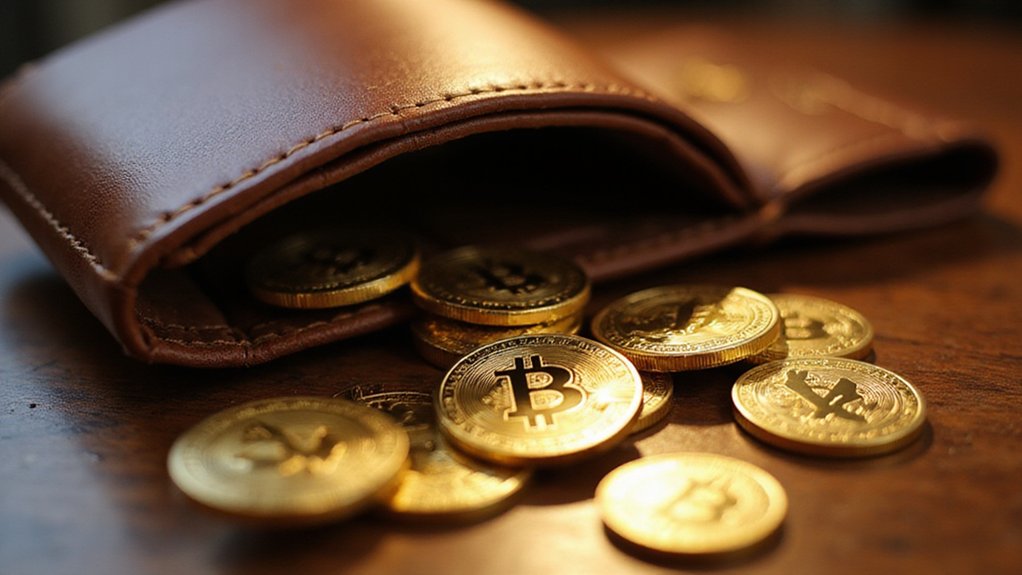Within 24 hours of its January 2025 launch, the $TRUMP meme coin achieved what most legitimate companies spend decades pursuing: a market valuation exceeding $27 billion, instantly transforming the sitting president’s paper wealth by over $20 billion through the curious alchemy of Solana blockchain speculation.
The tokenomics revealed the familiar playbook of concentrated control: while 200 million coins reached public markets from the billion-token supply, Trump-owned entities retained 800 million—a distribution that would make venture capitalists blush. By March 2025, this digital experiment had generated $350 million through token sales and fees, according to Financial Times analysis, suggesting that regardless of price volatility, the house maintains its mathematical advantage.
Yet sustainable valuations proved as elusive as campaign promises. Trump’s holdings, initially worth over $20 billion, collapsed to approximately $93 million by July 2025 per New York state reporting—a 99.5% decline that transformed paper billions into a rounding error on traditional real estate portfolios. Such volatility reflects the uncomfortable reality that meme coins derive value primarily from attention rather than utility.
Ethics experts predictably erupted over conflicts between presidential duties and crypto promotion, while Congressional Democrats framed the venture as corruption masquerading as innovation. The regulatory landscape compounds these concerns: the SEC avoids classifying meme coins as securities due to their speculative nature, while the CFTC claims commodity jurisdiction to combat market manipulation—a jurisdictional limbo that benefits no one except compliance attorneys. The token’s explosive price surge of over 300% overnight demonstrated the speculative frenzy that characterized its early trading days.
Perhaps most remarkably, crypto ventures reportedly eclipsed real estate as the Trump family’s primary business focus by mid-2025. World Liberty Financial raised $750 million through token sales, with institutional backing from Point72 Asset Management and Soul Ventures, suggesting sophisticated capital recognized opportunity amid the chaos. The firm’s circular transaction structure with Alt5 Sigma raised additional concerns among financial experts about market practices. The broader stablecoin market, valued at $125 billion, continues to operate under the inconsistent regulatory guidelines that characterize U.S. digital asset oversight.
The geopolitical implications extend beyond mere financial theater. President Trump’s executive order establishing the Strategic Bitcoin Reserve and U.S. Digital Asset Stockpile creates unprecedented conflicts when the commander-in-chief simultaneously promotes personal crypto holdings.
Market watchdogs flag internal token transactions as “red flags,” yet regulatory uncertainty persists, leaving participants maneuvering uncharted waters where presidential tweets can instantly redistribute billions in speculative value.









